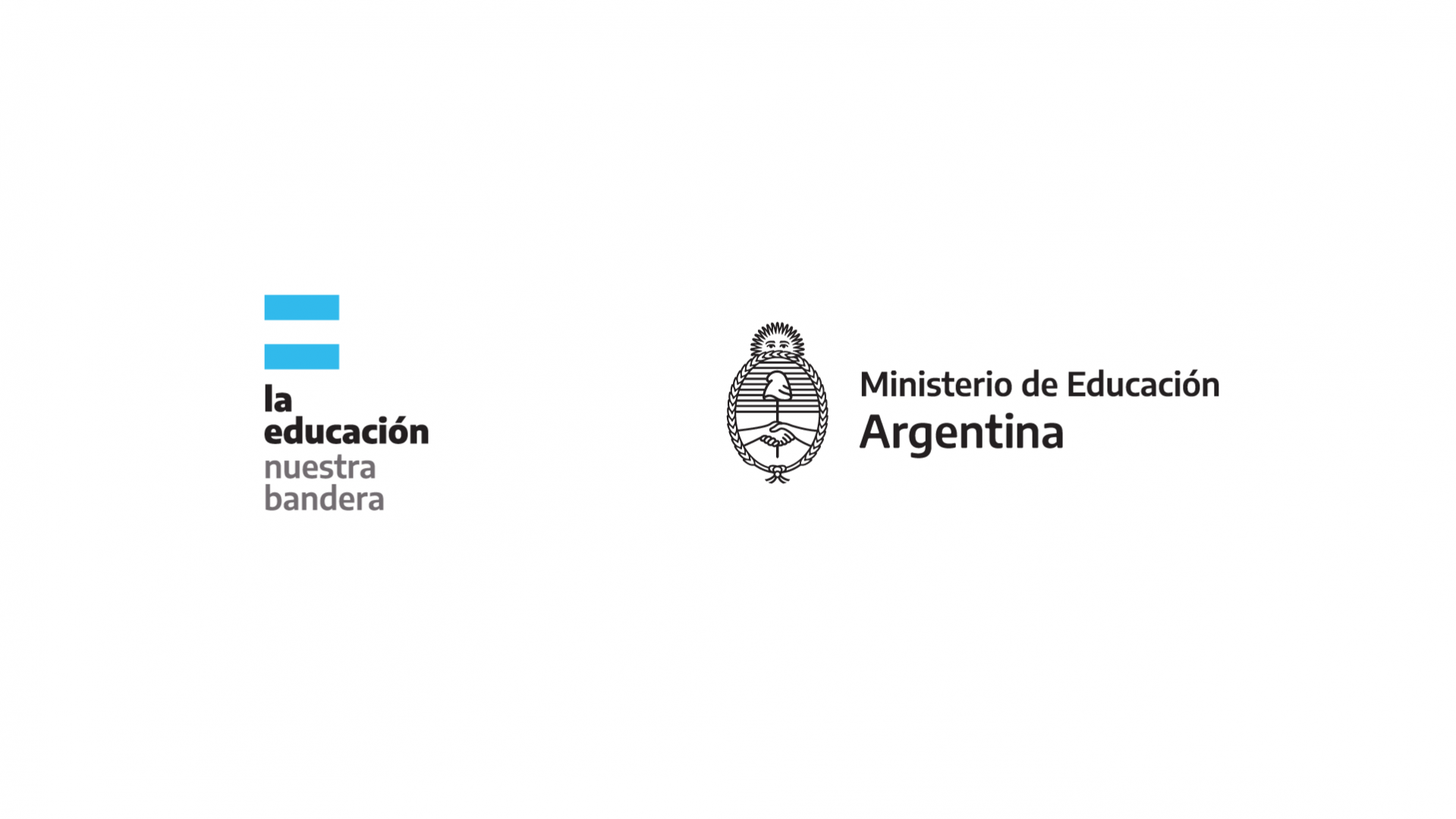During the different days, 650 projects related to natural and social sciences, environmental education, physical education, technological education, citizen education, language, mathematics, expressive (artistic) languages, comprehensive sexuality education, as well as works from all modalities were presented. Educational.
A cybernetics space specifically dedicated to robotics, and another space to promote intercultural bilingual education, have also been created.
Students and teachers from all over the country shared their experiences in the collective construction of knowledge developed from the classroom, and throughout the year in a comprehensive educational process.
This national meeting provided an account of the intense activity undertaken by school science fairs in each jurisdiction. Its goal is to encourage a critical spirit and curiosity in girls, boys, youth, adults, teachers and society in general. It also enhances the development of students’ communication skills by presenting their scientific, artistic or technological productions.
The hundreds of works that make up the exhibition begin with projects in schools designed and developed by groups of students, under the guidance of their teachers and accompanied by their families, in institutions of different educational levels and modalities.
More than half a million girls, boys and young people participated in the entire process, along with more than 6,000 teachers and more than 3,000 evaluators.
Teams of students from primary and secondary levels – of all types – and higher education and university students participated in this edition, along with teachers from the 24 jurisdictions and teams from the Republics of Chile, Colombia and Ecuador.
Curriculum specialists from all jurisdictions and the Ministry of National Education were also present. Also participating were scientific researchers (from the Atomic Energy Commission, etc.), artists, cultural workers, teachers at all levels, educators, technology experts, as well as consultants from the Independent Educational Council for Indigenous Peoples (CEAPI).
The closing ceremony was attended by: Undersecretary of the Ministry of Education, Social and Cultural Education, Alejandro Garay; National Director of Educational Inclusion and Guidance Programs, Pilar Piccinini; National Science and Technology Fairs Program Coordinator, Horacio Tignanelli; Director of INFoD, Veronica Piovani, and a number of officials from the Ministry of Education.
National Science and Technology Exhibition Programme
The program emerged at the end of 2009 when science fair activities shifted from being organized by the Ministry of Science, Technology and Productive Innovation to being coordinated by the Education Secretariat of the Ministry of Education. Science fairs are an educational proposal and method of working in the classroom that pose pedagogical challenges of various types (educational, communicative, cultural, etc.).
In its various states, it constitutes a space for the exchange of educational experiences between participants: students, teachers, scientists, technicians, artists, researchers, officials, society and the general public. It is the latest example of a long-term educational proposal that poses pedagogical challenges of various kinds: educational, communicative and cultural, among others. It includes work from all curriculum areas and across all levels and modalities of the national education system.
More information[here(https://wwwargentinagobar/educacion/secretaria-de-educacion/ferias-ciencias)[acá(https://wwwargentinagobar/educacion/secretaria-de-educacion/ferias-ciencias)[هنا(https://wwwargentinagobar/educacion/secretaria-de-educacion/ferias-ciencias)[acá(https://wwwargentinagobar/educacion/secretaria-de-educacion/ferias-ciencias)

“Social media evangelist. Student. Reader. Troublemaker. Typical introvert.”

:quality(85)/cloudfront-us-east-1.images.arcpublishing.com/infobae/TEQF6EONZRFGLLLDIDD4L2O4EE.jpg)

:quality(75)/cloudfront-us-east-1.images.arcpublishing.com/elcomercio/XU32LRAEZFDDPNVHLFU3CKVBYY.jpg)



More Stories
Venezuela ranks fourth in female leadership in science and technology in Latin America
In Portuguesa and Sucre they explore the wonderful world of science
The university court overturns the expulsion of two teachers and a chemical sciences student